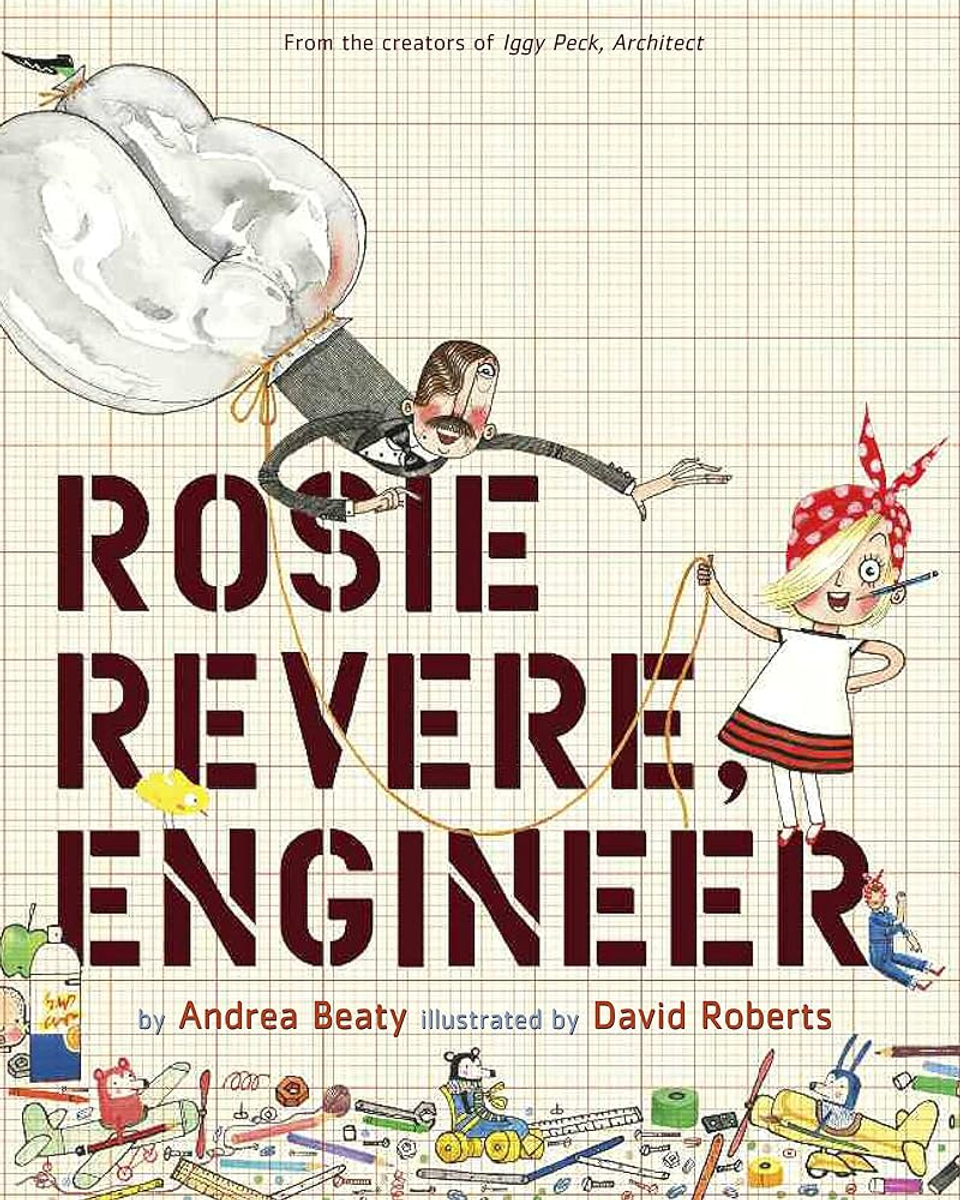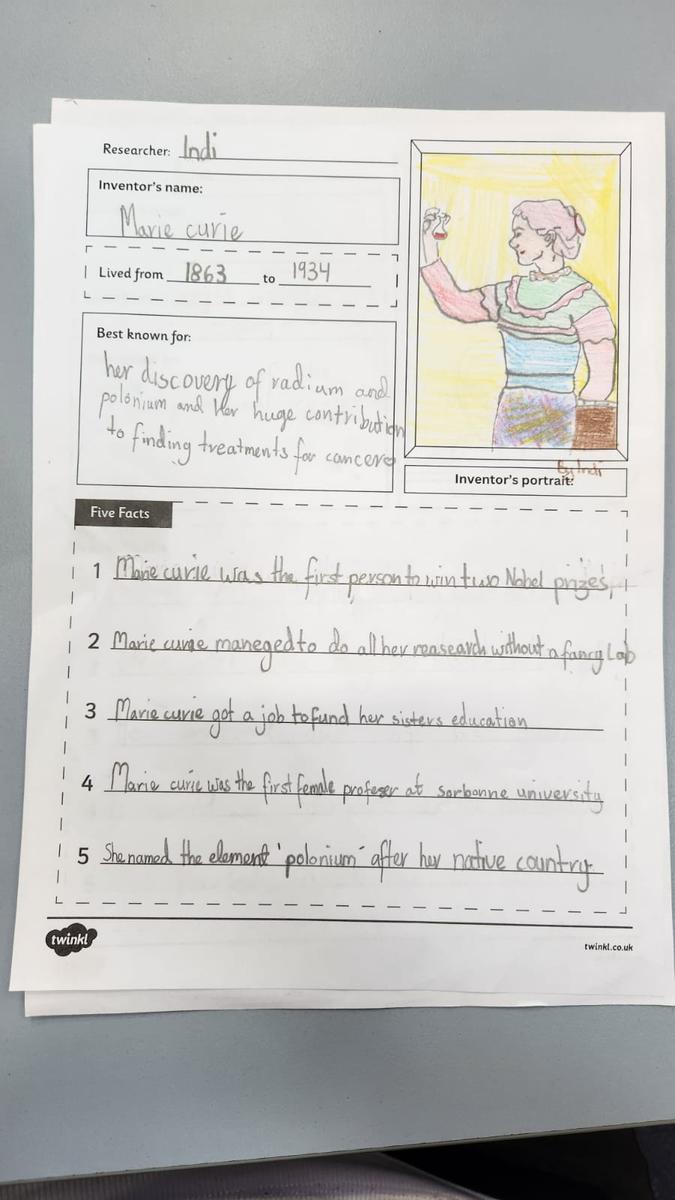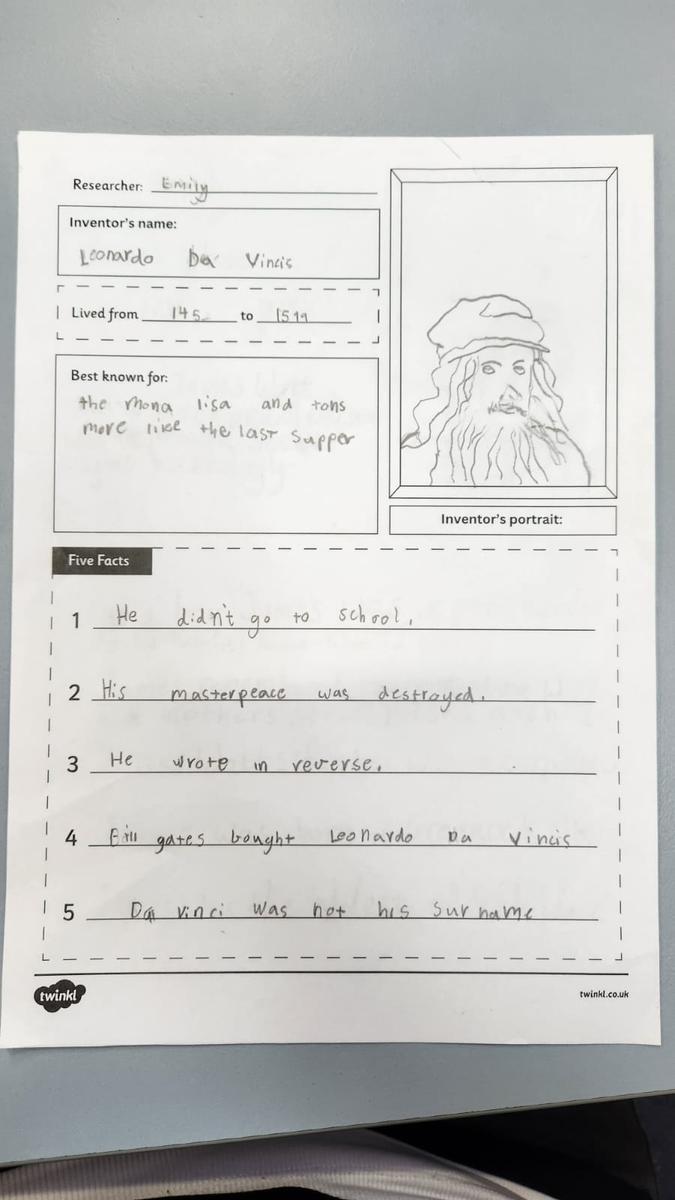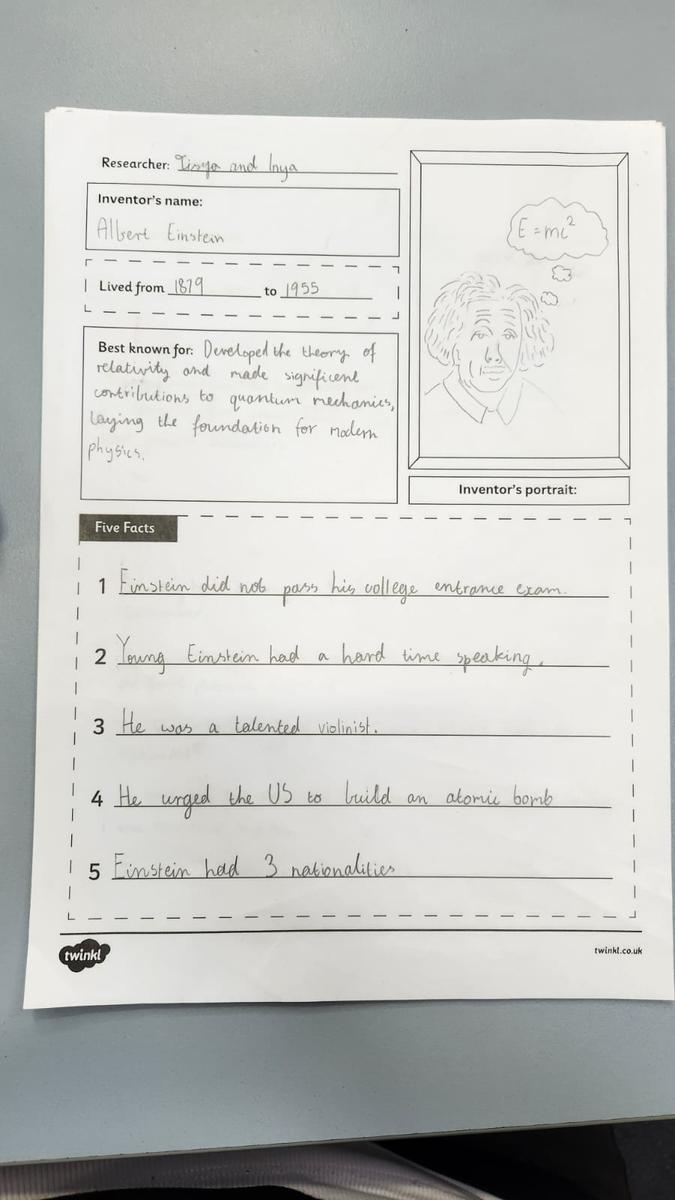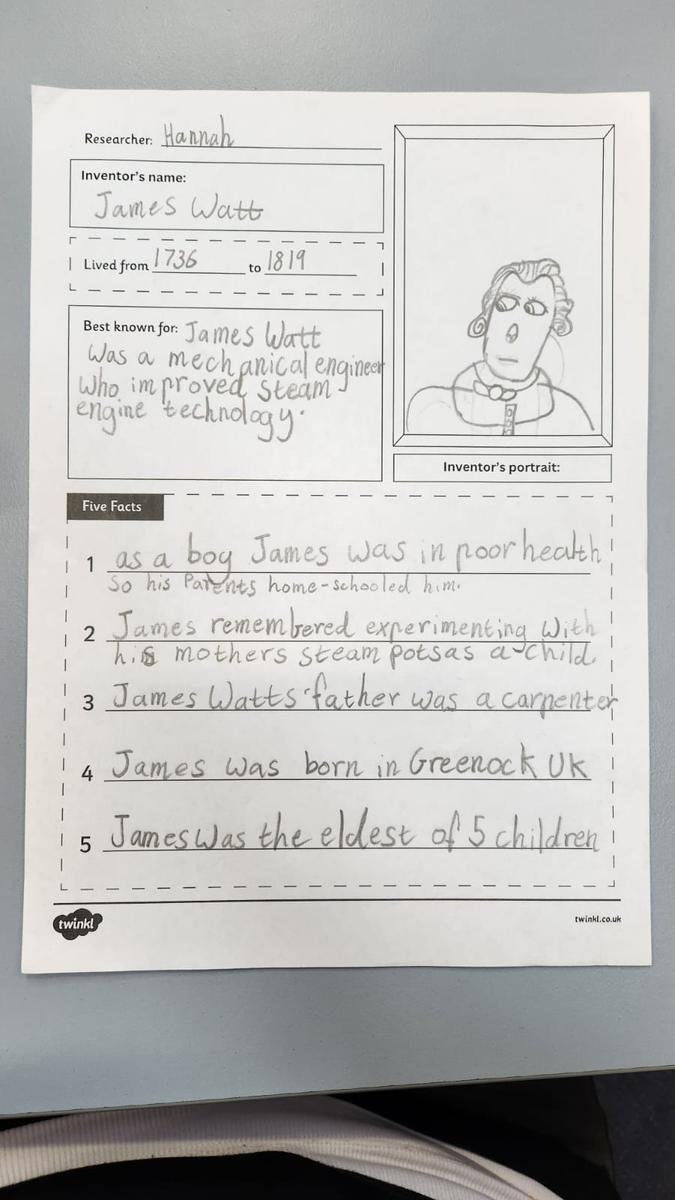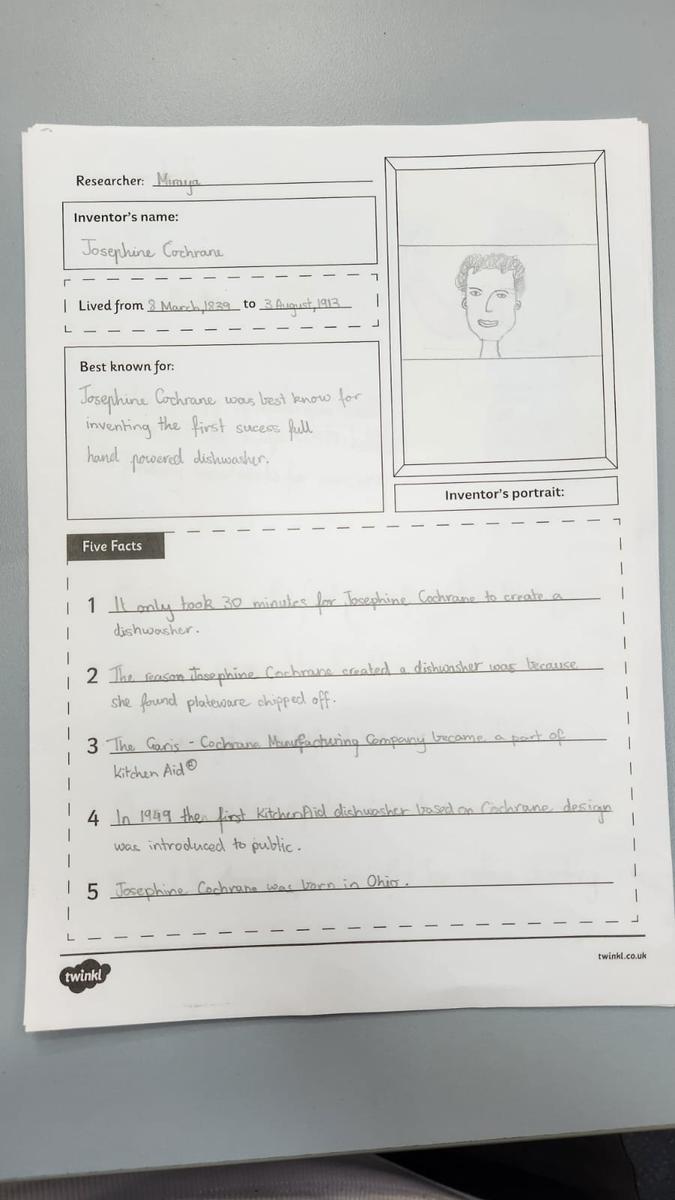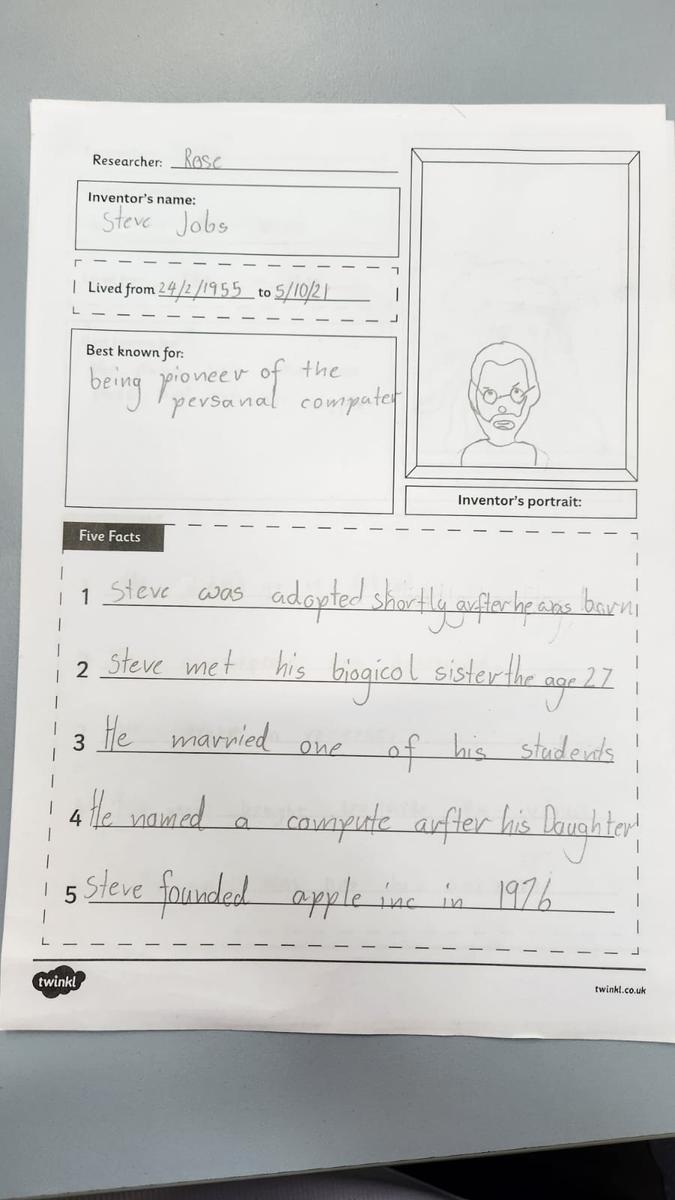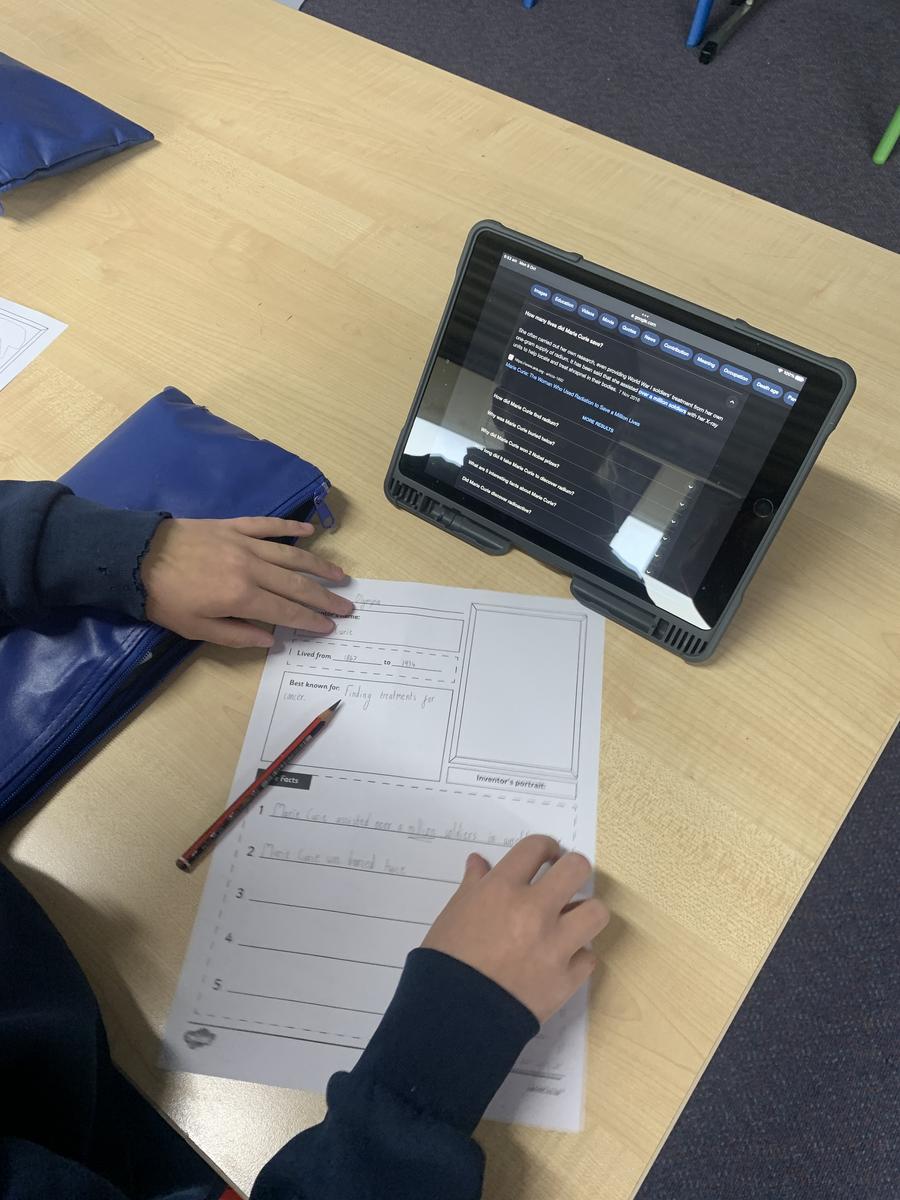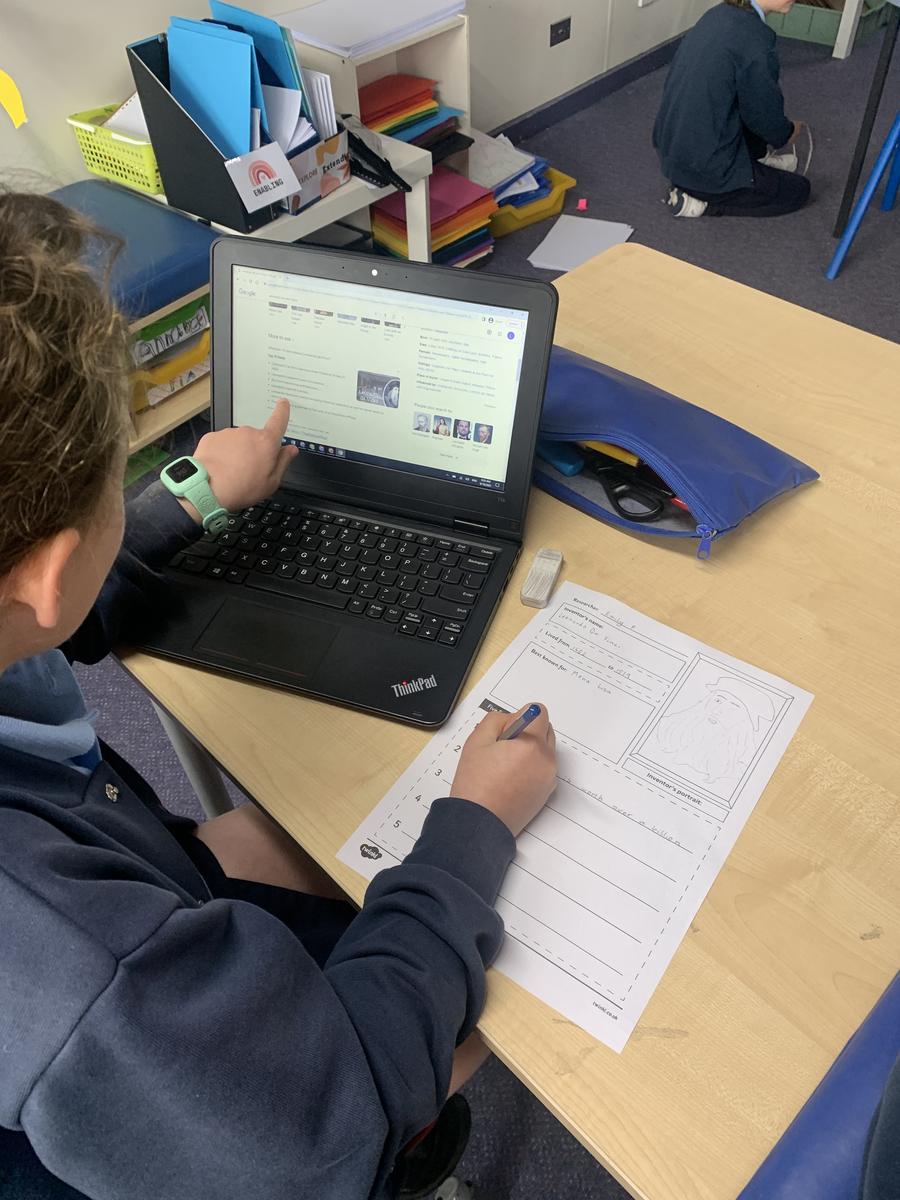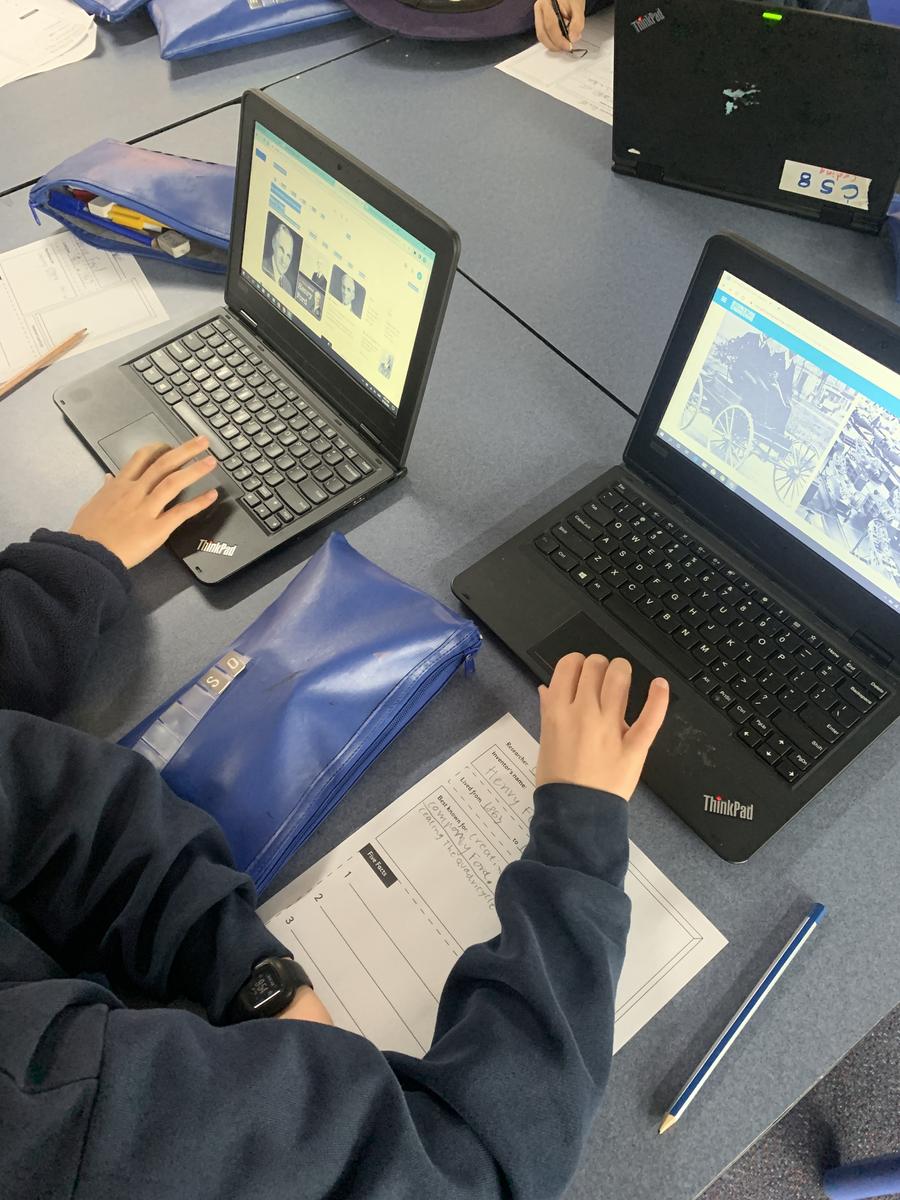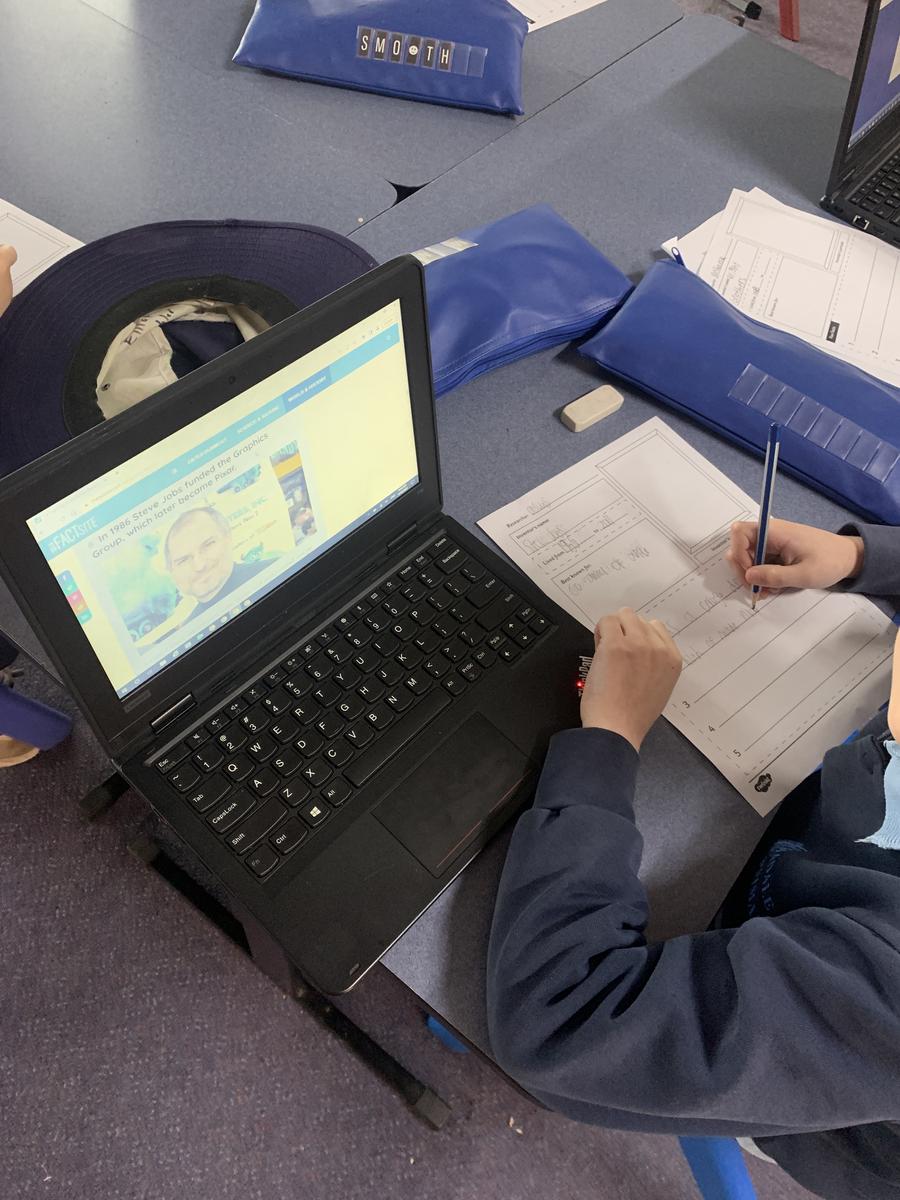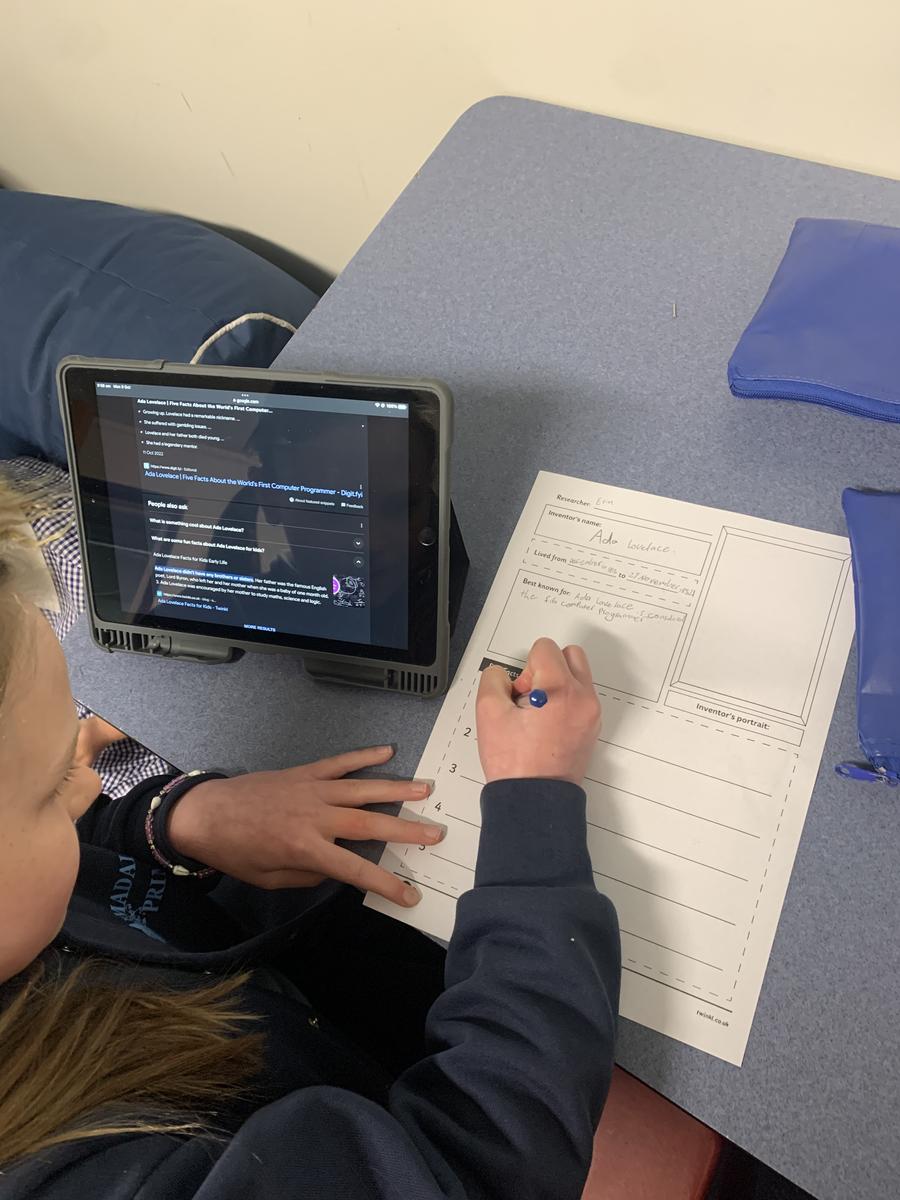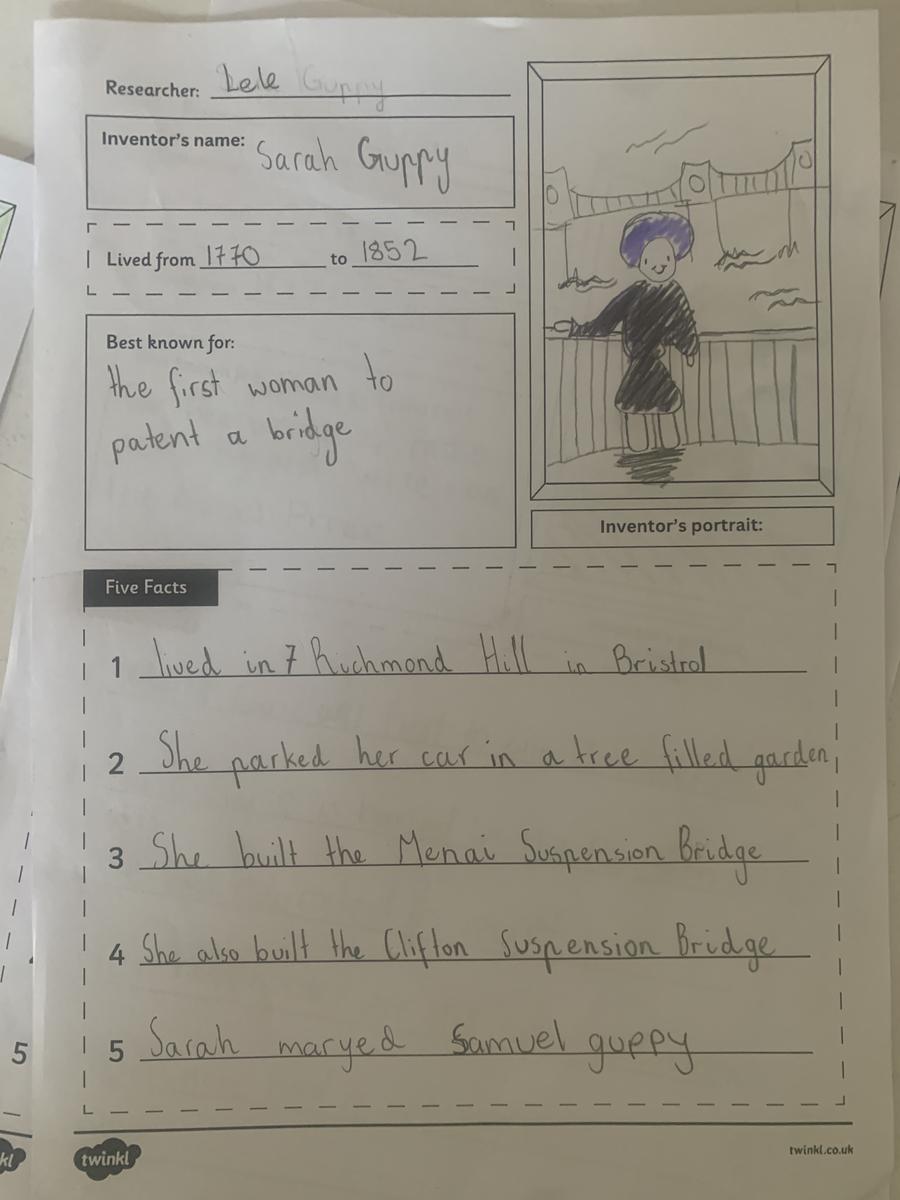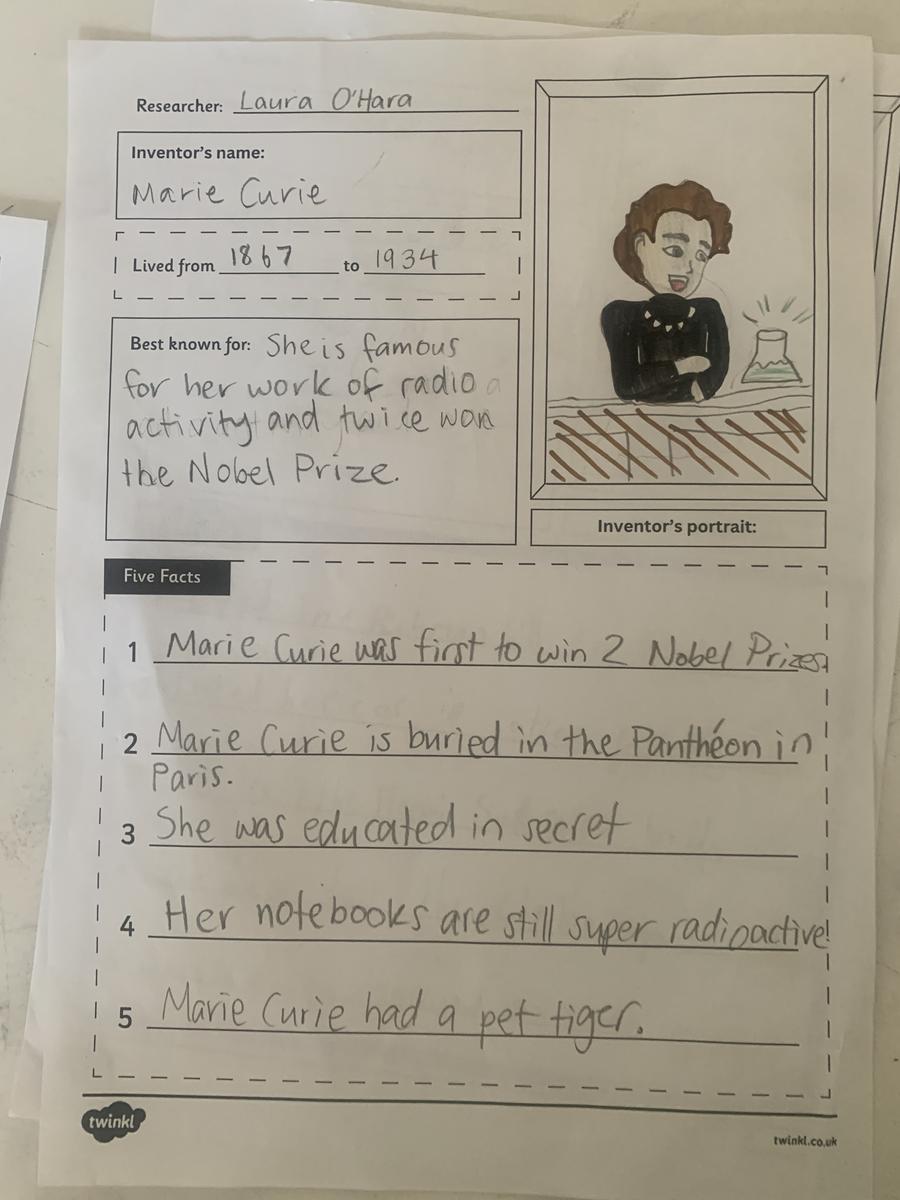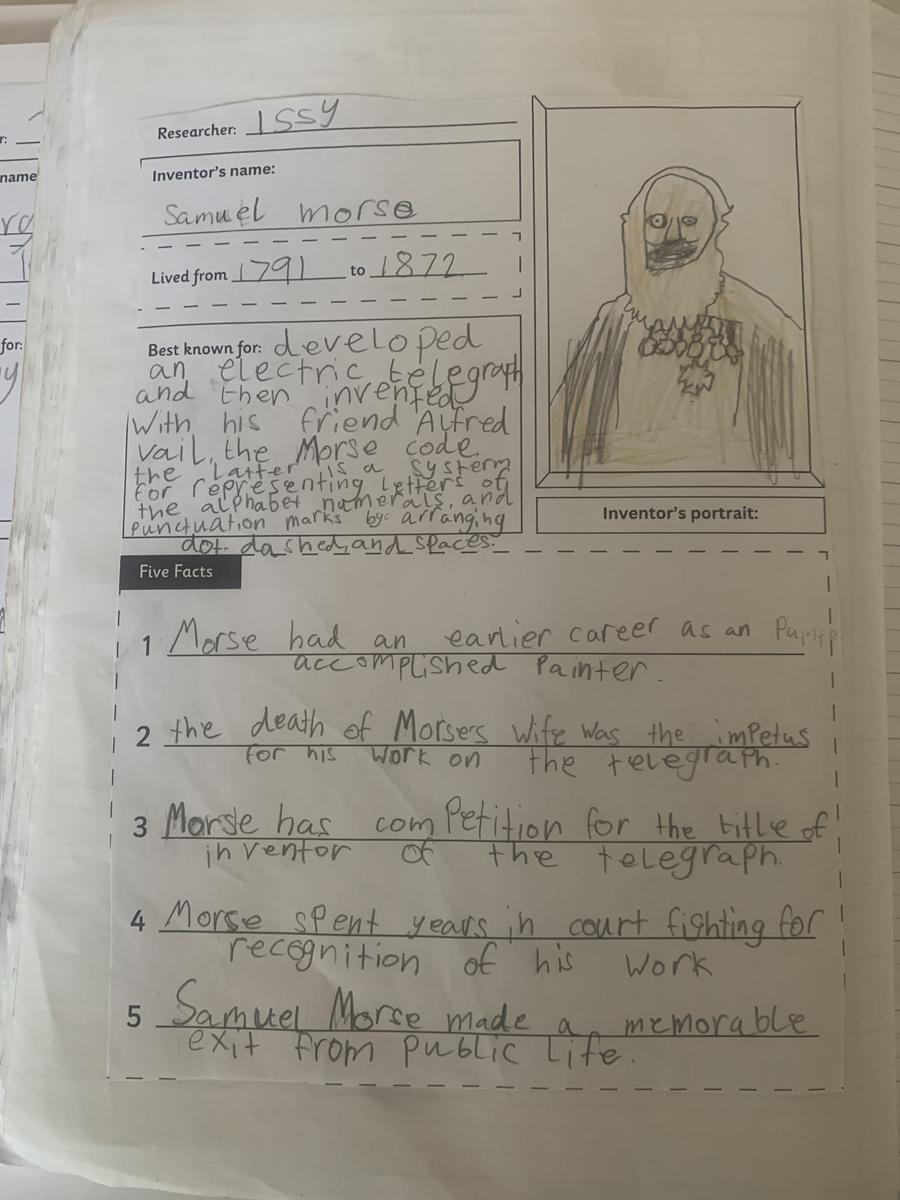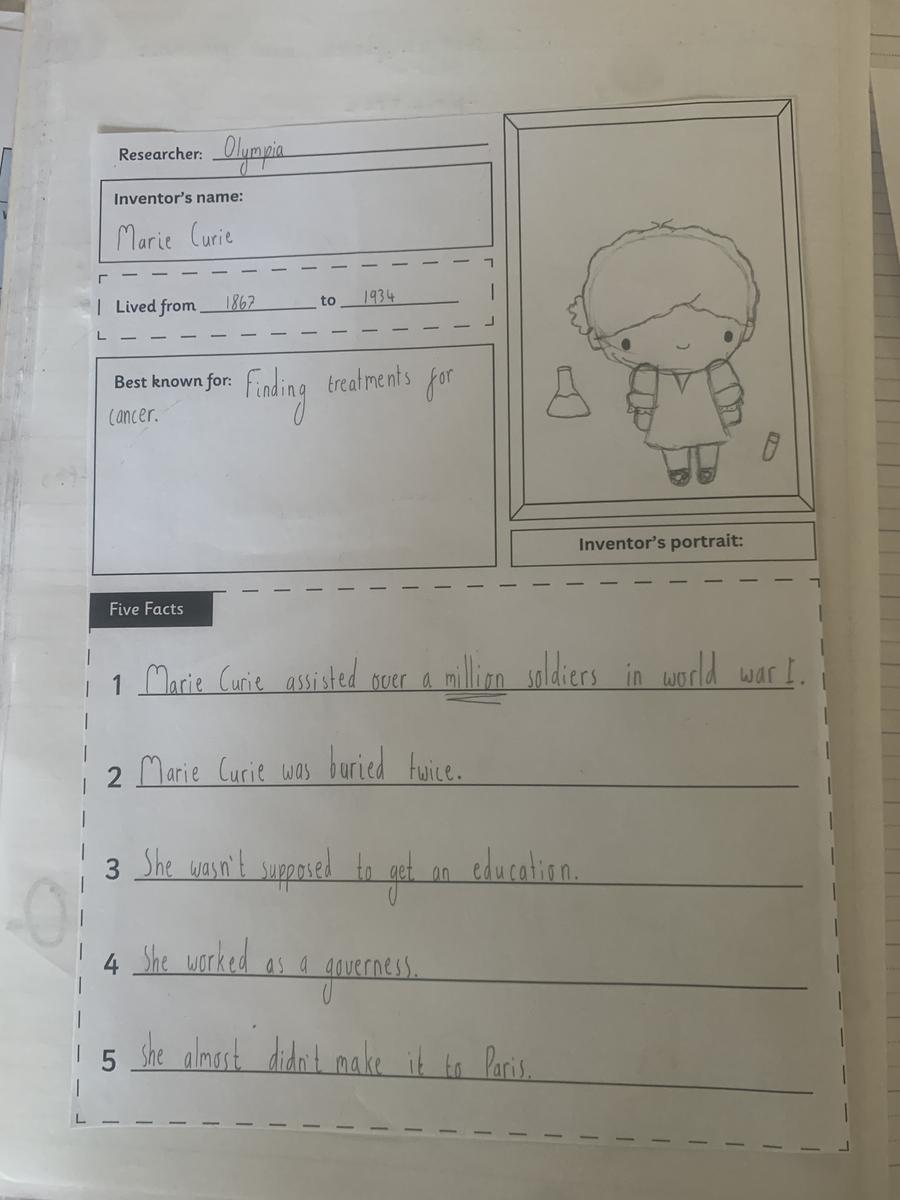Year 3/4 Bulletin
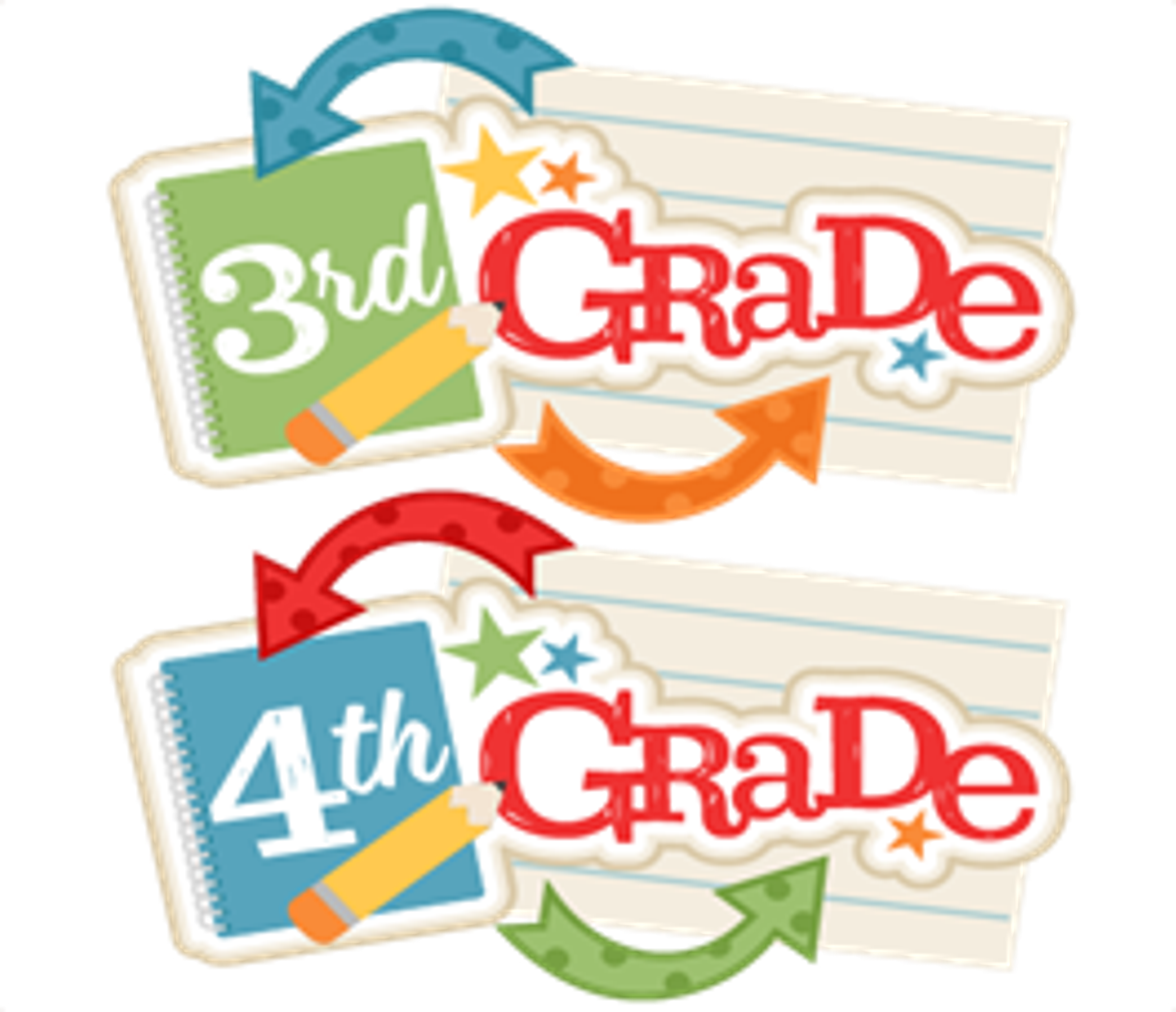
Our Big Idea
We see the combination of forces and energy acting all around us and we play a role in using these to create a better future
Driving Questions:
- What are forces and energy?
- How can forces and energy affect us?
- How can we use these to create a better future?
Purpose:
Students learn that forces include noncontact forces and begin to appreciate that some interactions result from phenomena that can’t be seen with the naked eye. They begin to appreciate that current systems, such as Earth’s surface, have characteristics that have resulted from past changes and that living things form part of systems. They begin to quantify their observations to enable comparison, and learn more sophisticated ways of identifying and representing relationships, including the use of tables and graphs to identify trends. They use their understanding of relationships between components of simple systems to make predictions. They apply their knowledge to make predictions based on interactions within systems, including those involving the actions of humans.
Students explain how solutions are designed to best meet the needs of the communities and their environments. They describe contributions of people in design and technology occupations. Students describe how the features of technologies can be used to create designed solutions for each of the prescribed technologies contexts.
Students create designed solutions for each of the prescribed technologies contexts. They explain needs or opportunities and evaluate ideas and design solutions against identified criteria for success, including sustainability considerations. They develop and expand design ideas and communicate these using models and drawings including annotations and symbols. Students plan and sequence major steps in design and production. They identify appropriate technologies and techniques and demonstrate safe work practices when creating designed solutions.
Task:
In beginning our new Big Idea, students were first shown the story “Rosie Revere, Engineer”. We unpacked what it means to be an engineer or an inventor, and the importance of problem solving for the future.
After reading through the story, students were presented with 20 famous inventors and researchers throughout history that have made significant contributions to society and the way in which we live today.
They researched who they were, when they lived and what their major contributions were to society within their fields.
Continuing the learning at home:
Students can continue to think about forces in their day to day lives.
Everyday Forces: Encourage your child to identify and describe forces they encounter in their daily life. Ask them to think about how they can make these forces work in their favour. For example, how can they use the force of gravity to save energy while playing?
Energy Sources: Explore different sources of energy, both renewable and non-renewable. Research with your child how these sources impact the environment and discuss ways to promote the use of clean, renewable energy for a sustainable future.
Energy Conservation: Teach your child about the importance of conserving energy. Help them identify energy-saving habits at home, such as turning off lights when not in use or using energy-efficient appliances.
Hands-On Experiments: Conduct simple experiments at home to demonstrate principles of forces and energy. For example, use a balloon to demonstrate static electricity or create a simple pulley system to understand mechanical advantage.
Future Innovations: Research together about the latest innovations in the field of clean energy and sustainability. Discuss how these innovations are shaping the future and how your child can be a part of it.
Gardening clothing reminder:
On Thursdays, the grade 3/4 students work in the garden with Clare and Ariel as part of the Kitchen Garden program. As we know with Melbourne’s weather, it can sometimes be inclement or unpredictable. Please send your child on Thursdays dressed appropriately for being outside in the garden in the morning, with a rain jacket or an extra layer of warmth. This ensures children are as focused and on task as possible, while remaining content and warm. Thank you!
Allira, Mr Cornell and Ruby
Year 3/4 Team
Allira.Zeneli@education.vic.gov.au

